Hello!
Do you love history? Do you also love visiting cool places most people haven't seen?
As a history nerd and native Utahn, Topaz Internment Camp had been on my list for years. My family finally planned a spring break road trip through Southern Utah in 2016 that included a lot of smaller parks and sites we wanted to see. Checking Topaz off my list on the first day was satisfying indeed.
Building political tension and growing national distrust of Muslim U.S. citizens and refugees were another reason that I made our Topaz trip happen in 2016. It was important for me to remind myself and teach my children about the mistakes of our nation's past in hopes that we will not repeat them in the future.
Want to visit Topaz Internment Camp? Here's what you need to know before you go.
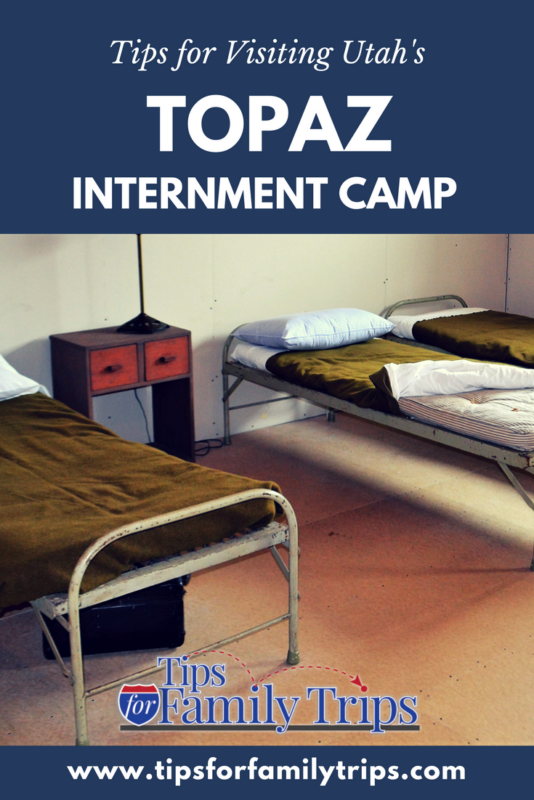
What is Topaz?
Topaz was a World War II prison camp for American citizens.
In 1942, America was at war. The United States had resisted getting involved in World War II for some time, but Japanese attacks on Pearl Harbor changed everything. The United States had been attacked by a formidable foreign invader on its own soil for the first time in over a century. Many Americans feared for the safety of their families and nation. Many believed that American citizens of Japanese ancestry were untrustworthy and dangerous, despite lack of evidence.
Fear is a powerful force. The U.S. Government responded by creating internment camps with barbed wire fences and guards where more than 120,000 men, women and children were forced to live for up to four years during World War II. These U.S. citizens were not charged or convicted of any crime and were not compensated for lost homes and livelihoods. Decades later, President Ronald Reagan issued a formal apology and offered token payments to families affected by this awful civil rights violation.
Topaz near Delta, Utah was one of these internment camps. From 1942 to 1945, it housed more than 11,000 Americans on one square mile. They attended school and church here. Babies were born and children grew up here. Some of of the residents were U.S. military veterans. Others were Gold Star families.
The only reason people were here was because they or their ancestors had come from Japan. Americans of German and Italian descent also faced hardships during World War II, but were not relocated to internment camps – presumably because they looked more “American.”
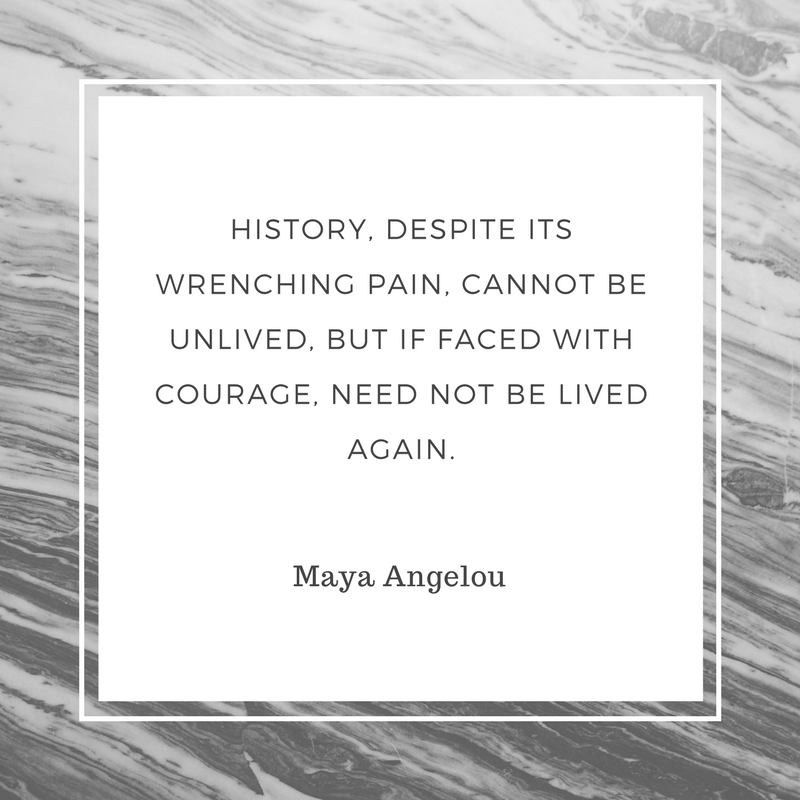
Getting There
Topaz Internment Camp is located a few miles outside of the small town of Delta, in southwestern Utah. Delta has a few motels, restaurants and other amenities. It's likely your best base if you intend to stay in the area long enough to visit Great Basin National Park or hunt for geodes in the Topaz Mountain area. This part of Utah is excellent for rockhounding.
For us, Topaz Camp was an easy side trip on a drive from Salt Lake City to Cedar City, Utah. I've made that trip on Interstate 15 so many times, it was nice to see a different part of the state. Taking the scenic route to Delta also allowed us to stop at Old Frisco ghost town west of Beaver before linking back to I-15.
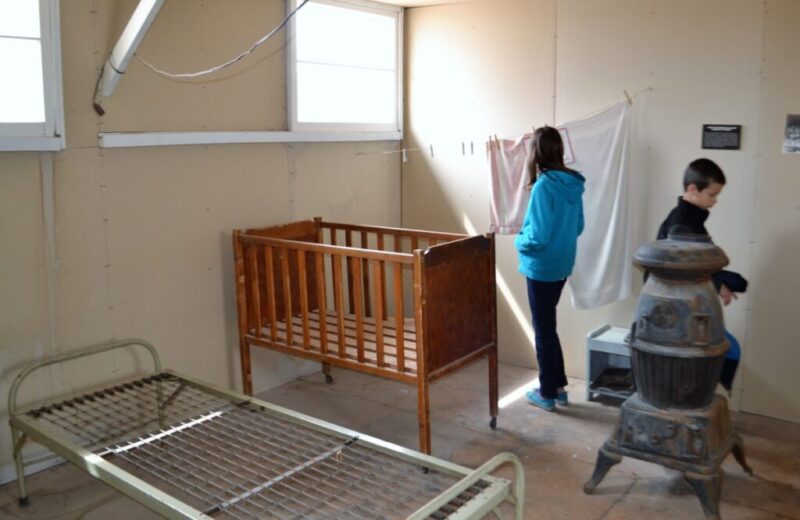
The Museum
I recommend that you visit the Topaz Museum in downtown Delta before you visit the camp site. It's new and attractive. It's a great way for your family to learn about the history and consequences of the camp, and get information that will help the mostly-empty camp site to make more sense later. You can see artifacts, a life-size walk through of the living quarters and learn about life in the camp.
We arrived in Delta before the museum opened at 11:00 AM, so it made more sense for us to drive out to the Topaz Camp site first. However, it was hard to fully appreciate it without maps and interpretation we found later at the museum.
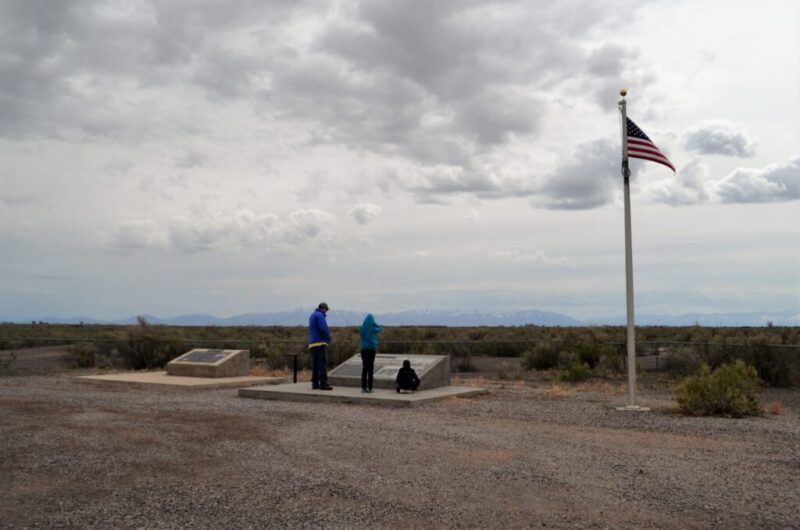
The Camp
There is little left on the one-mile square that housed more than 11,000 Americans of Japanese ancestry between 1942 and 1945. After the camp was disbanded, buildings and equipment were shipped to other government sites for re-use. You will mainly see concrete footings and debris.
You'll find a historical marker next to the site. That's a good place to start. You can park there and wander the site on foot or drive through the site. The criss-crossing dirt roads are not very well maintained, but our minivan was fine for most of it.
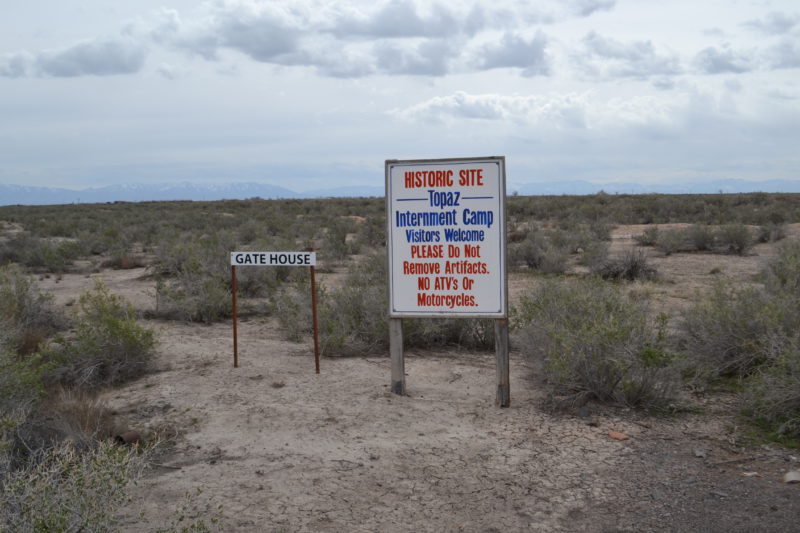
Good to Know
Where: Topaz Museum is located in downtown Delta at 55 West Main Street. The Topaz Internment Camp historical site is located about 16 miles outside of Delta at 10000 W 4500 N. Get more information HERE. Plan for spotty or no cellular service and wi-fi in this rural area.
When: Topaz Museum is open from 11 am – 5 pm, every day except Sunday. The Topaz Camp historical site is accessible any time. Warm weather months are the best time to explore the outdoor site, though summer could be uncomfortably hot. You may encounter snow, icy temperatures and reduced services in the winter.
How Much: There is no admission cost to visit Topaz Museum or drive out to the Topaz Camp site and explore. Donations to the museum are encouraged.
How Long: Most families will probably need 2-3 hours to visit both the museum and historical site. The museum is small, and most people will not need to spend much time at the mostly-empty historical site.
Amenities: The museum has restrooms and a small gift shop. You'll find restaurants and other amenities nearby. The Topaz Camp site has no services at all.
Website: www.topazmuseum.org
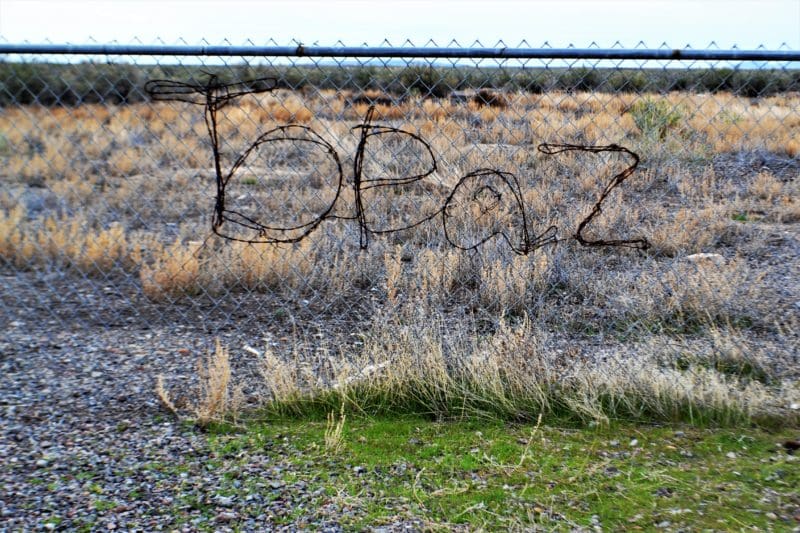
How else can I help?
Need a place to stay? Your options in Delta are limited, but there are a couple of motels. Check rates and read reviews for lodging in Delta, or anywhere else on your Utah road trip at TripAdvisor.com or Booking.com.
Need a rental car? If you don't have your own vehicle, you will need to rent one to reach Topaz. There are many opportunities to leave paved highways in this part of Utah, so do consider something with 4-wheel-drive. Find the best rates from dozens of agencies at RentalCars.com.
Want to learn more about the internment camps of World War II? I've read several good historical novels that are at least partially set in camps like Topaz. I recommend Tallgrass by Sandra Dallas, Hotel on the Corner of Bitter and Sweet by Jamie Ford and Snow Falling on Cedars by David Guterson.
Want more ideas for your Utah road trip? Visit our Utah destination page or follow our Utah for Families Pinterest board













Never Again
Thanks for including this on your trip. President Reagan signed the Civil Liberties Act of 1988.
Allison
Thanks for bringing this to my attention. I’ve corrected the information. 🙂